Written by Jon on February 27, 2019 |
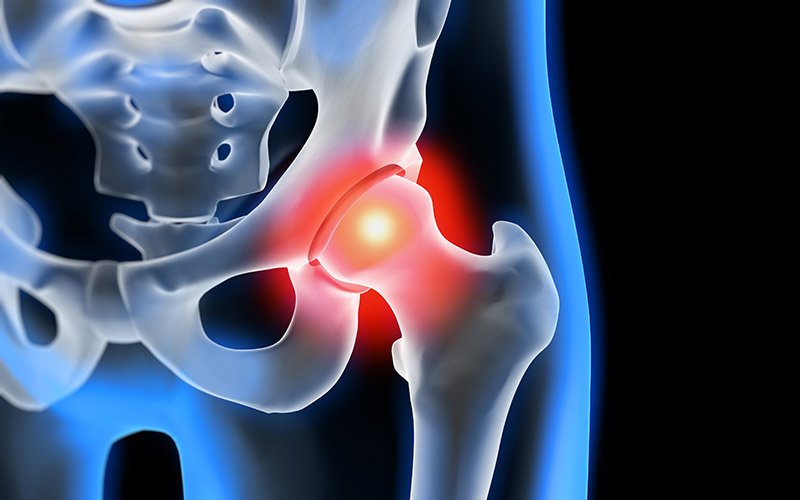
Hip pain is very common and can have several causes such as tendonitis, bursitis, and arthritis. The location of the pain symptoms can often provide a better understanding of the underlying cause. For example, lateral hip pain is often due to bursitis and IT Band Syndrome. Typically, problems in the groin area are related to structures inside the hip joint.
Continue Reading »
Written by Jon on February 5, 2019 |
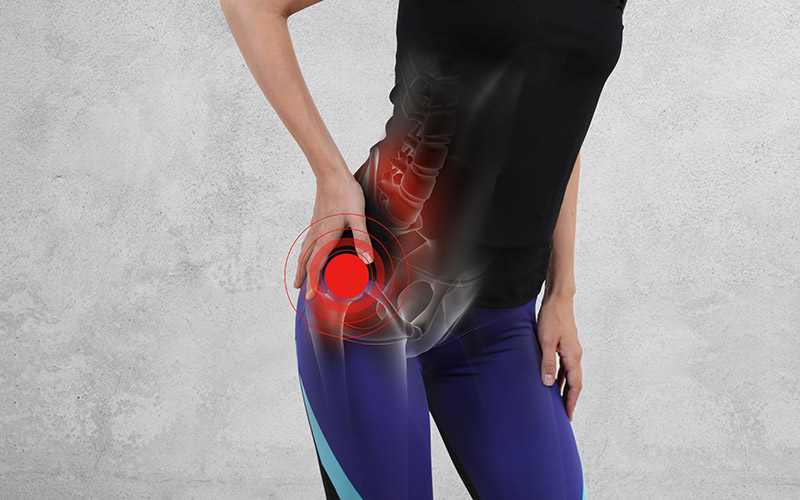
The hip joint is a ball and socket joint where the top of the thigh bone (femur) and pelvis meet. This joint is typically very stable, but can still get injured especially at the labrum. The labrum is a cuff of cartilage that forms a ring around the edge of the hip socket (acetabulum). This cartilage tissue lacks good blood supply, therefore, does not heal well following injury. Labral tears can be a result of a sudden trauma (eg – car accident or a fall), repetitive movements during exercise or athletics, or can be degenerative over a period of time due to FAI or OA. Continue Reading »
Written by Jon on December 22, 2018 |
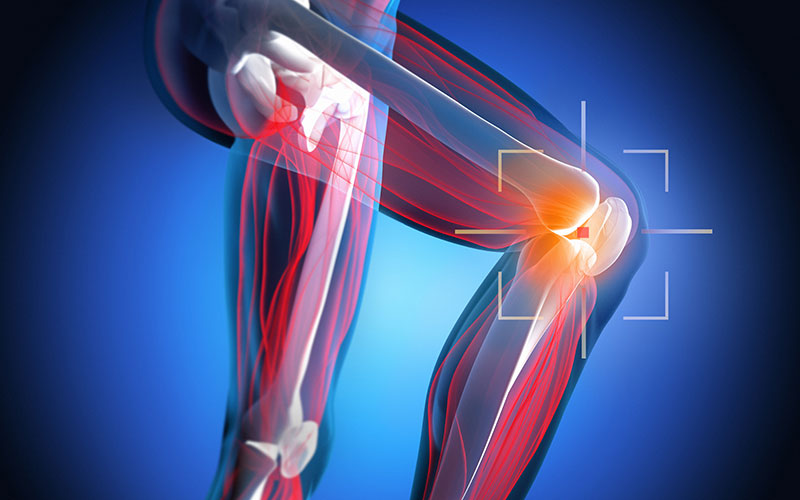
The medial patellofemoral ligament (MPFL) is one of the many ligaments in and around the knee joint. As its name suggests, the ligament runs from the patella (kneecap) to the femur (thigh bone). It plays a very important role in stabilizing the patella during knee movement. Injury to the MPFL often occurs during non-contact twisting motions (eg – a sudden change of direction, pivoting) which can cause the patella to dislocate laterally. Symptoms following a patellar dislocation include pain, swelling, stiffness, and weakness in the knee. Treatment typically follows the PRICE protocol of protection, rest, ice, compression, and elevation. NSAIDs can also help decrease symptoms.
Continue Reading »
Written by Carol on November 30, 2018 |

As we age into our golden years, one of the things we fear most is losing our independence. And one of the biggest causes of losing independence is fractures. A big example is a hip fracture, which often sends people to a nursing home and is linked to a shorter life span. Now, the question is what causes most fractures in older people. The answer is falling. There are several things you can do to prevent falls. We as physical therapists can do a formal strength and balance assessment, show you strengthening exercises, walking posture, and balance activities to help prevent future falls. Even if you haven’t fallen but feel you could reduce your risk of falling, here is one of the simplest most effective exercises you can do. It’s called the chair rise and it can be done almost anywhere. Do this daily to strengthen the muscles in your thighs and buttocks which can help keep you steady on your feet.
Continue Reading »
Written by Chelsea on November 7, 2018 |

“Make sure you warm up.” This is such a common phrase we tell people in the physical therapy setting, and yet many people still may not know exactly what that means. Whether you are a competitive athlete, or someone who occasionally exercises for health/recreation, a proper warm up is essential prior to any workout. But what should a warm up look like prior to a workout or competition? Research has shown that a proper dynamic warm up has several benefits that will not only improve your athletic performance but will help in injury prevention as well.
Continue Reading »
Written by Chelsea on October 23, 2018 |
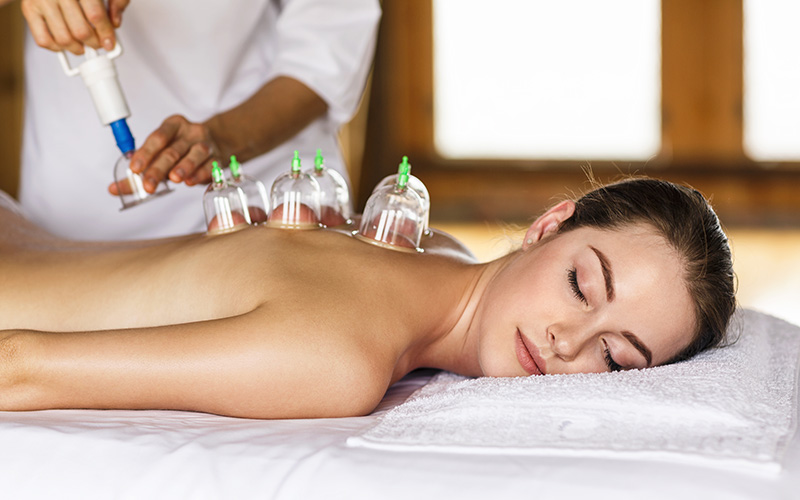
If you were among the millions of Americans that watched the 2016 summer Olympics, then you probably noticed the red circles/marks that many of the athletes had on their bodies throughout the competition. These “cup marks” on the athletes have since brought a lot of attention to a not so new practice referred to by many as “cupping.” Traditional cupping is an ancient practice that dates back thousands of years, particularly in Chinese medicine. Cupping in Chinese medicine is believed to have many circulatory benefits and is used to treat a variety of conditions, many of which are non-musculoskeletal. However, in the physical therapy and sports medicine settings, the cups are being used as a form of myofascial decompression, and have gained popularity amongst both athletes and the general population as another treatment aiding in recovery.
Continue Reading »
Written by Bill on October 9, 2018 |

Has your child complained of pain in their feet or ankles during or after sports activity? In the past, parents and medical providers have been quick to brush these complaints off as “growing pains”. However, if your child or adolescent is experiencing pain at the posterior side of the heel bone, they may be experiencing a condition known as calcaneal apophysitis, or Sever’s Disease.
Sever’s Disease is a condition in which the growth plate (apophysis) of the heel bone becomes inflamed, typically as a result of repetitive traction forces applied through the calf musculature (gastrocnemius/soleus) and Achilles’ tendon. Prevalence is greater in those individuals participating in sports or activities involving repetitive or heavier impact loading through the lower extremities, such as soccer, basketball or gymnastics. Ages nine through fifteen are most affected, as the growth plate remains open during this time frame. Incidence of Sever’s Disease abates as the calcaneal growth plate closes.
Continue Reading »
Written by Michael Cannady on August 23, 2018 |
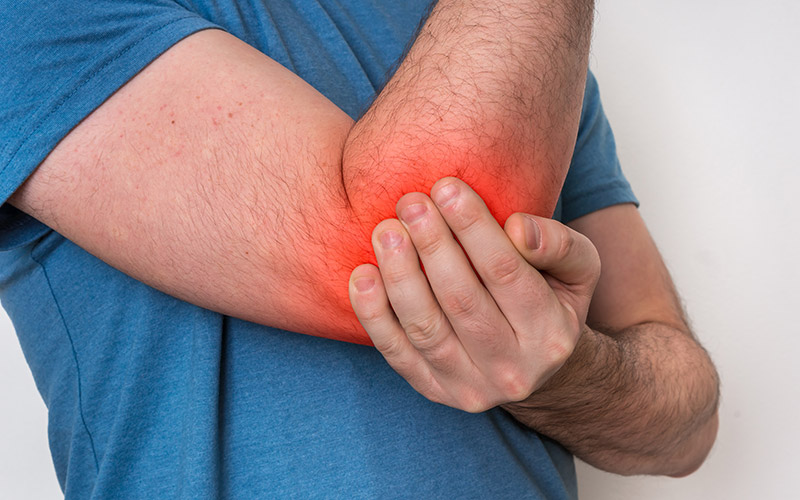
What is Pronator Teres Syndrome?
Pronator teres syndrome is a disorder that is caused by the pronator teres (a muscle that helps bend the elbow and rotate the forearm) compressing the underlying median nerve. This compression of the nerve can result in neuropathy into the forearm and hand accompanied by weakness and loss of sensation of the thumb, index and middle finger1. There can be a couple of reasons for this syndrome. Direct trauma, boney abnormalities, or the most common reason for the nerve to be compressed at this location would be hypertrophy of the pronator teres1,2. This hypertrophy can be a result of manual occupations, racket sports or other activities which require repetitive forearm rotation1.
Continue Reading »
Written by Michael Cannady on August 16, 2018 |
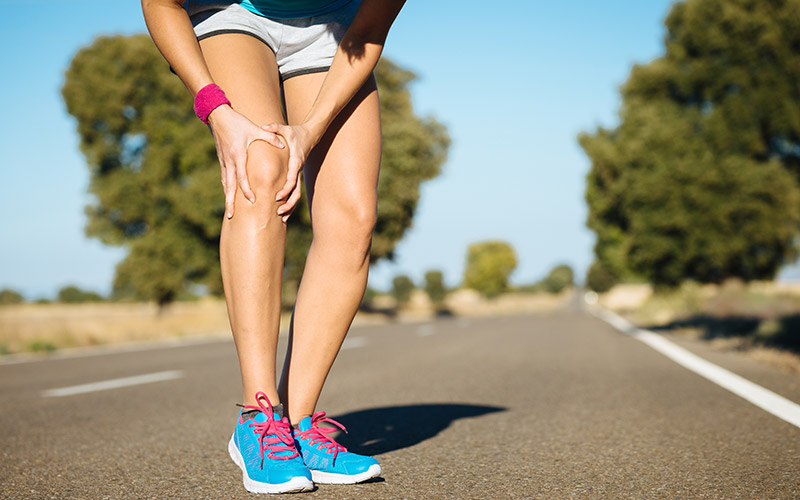
Patellofemoral pain is a common impairment and diagnoses in the population today with more of an emphasis in the active adults age 40 to 501. Patellofemoral pain is considered as a general anterior knee pain that is exacerbated by various activities that involve loading of the patellofemoral joint1,2.
Continue Reading »
Written by Proactive Physical Therapy on July 30, 2018 |

Fibromyalgia is a disorder which causes chronic widespread musculoskeletal pain and presence of at least 11/18 trigger points. Trigger points are sensitive spots in muscles that produce local pain when pressed down on. The exact cause of fibromyalgia is unknown- although it may have to do with changes to pain processing in the brain and a disturbance of the central nervous system’s response to pain.
Continue Reading »











